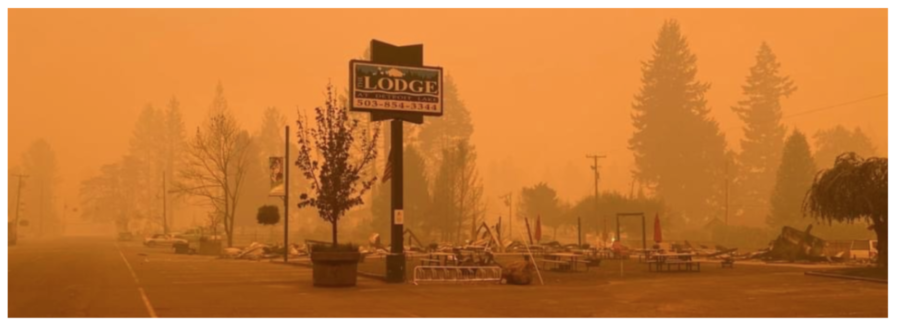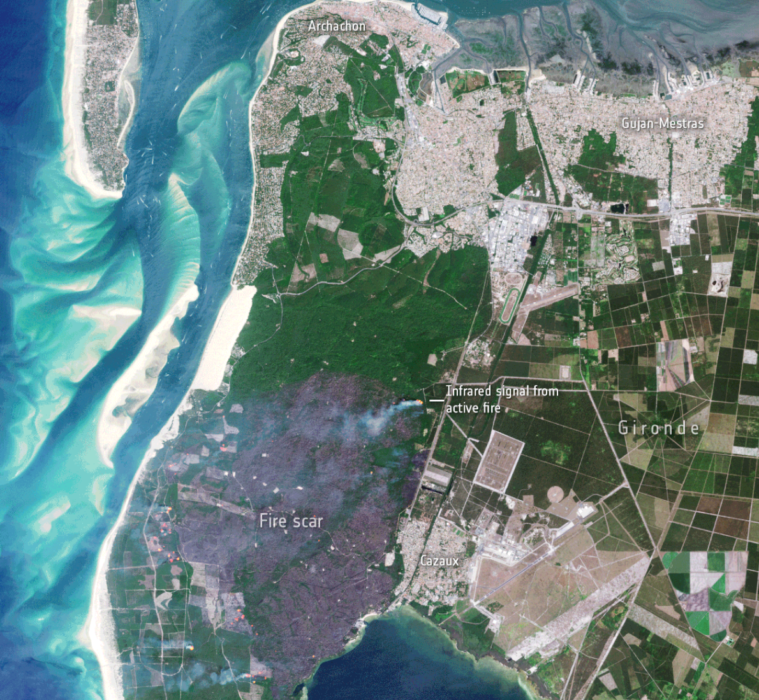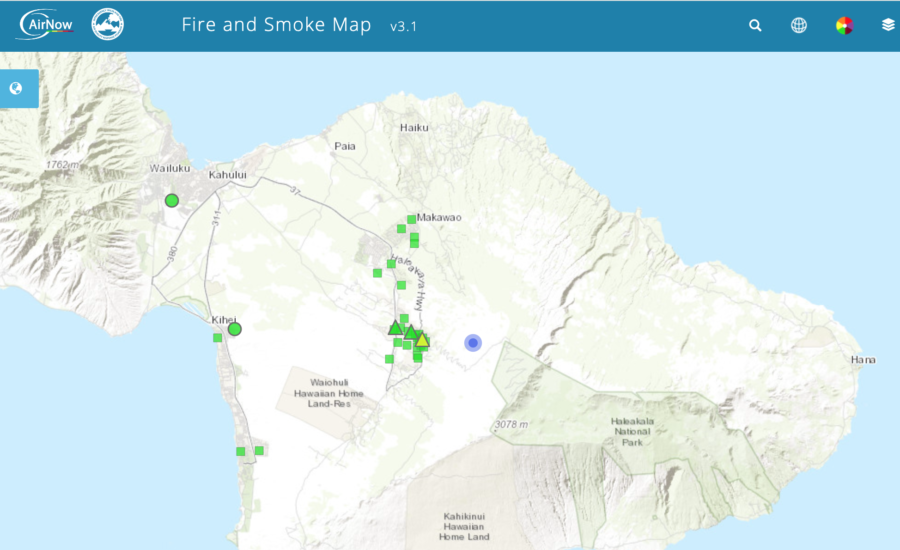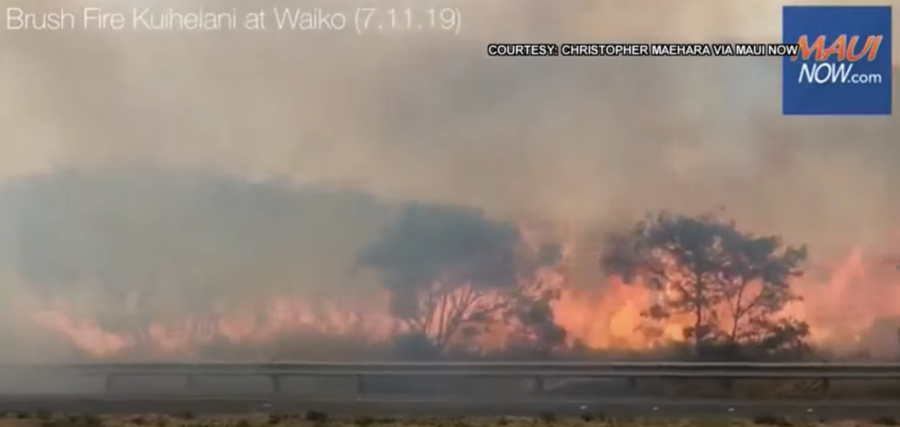A devastating series of wildfires that swept over forests in Idaho, Montana, and Washington more than a century ago — the Big Burn of 1910 — would forever change the nation’s perception of fire in forests. The lessons learned from that tragedy, however, may have been a bit misguided, according to new research.
Firefighters had been putting out fires for months in 1910 throughout the Western states. They’d finally begun to get ahead during the week of August 19, even beginning to dismiss some firefighters, according to the Forest History Society.
But then all hell broke loose. Hurricane-force winds roared across the states, turning numerous smoldering embers into firestorms.
“A forester wrote of flames shooting hundreds of feet in the air, fanned by a tornadic wind so violent that the flames flattened out ahead, swooping to earth in great darting curves, truly a veritable red demon from hell,” according to a summary document by the USFS.

What became known as the “Big Blowup of 1910” is largely remembered for killing 86 people (78 of whom were firefighters), burning 3 million acres, and completely destroying eight towns.

The fire burned its way into the American conscious, one of the first widely reported wildfire tragedies in the nation’s budding national news system.
Three future Forest Service chiefs were directly involved in the Big Blowup, including W.B.Greeley, Henry Graves, and Ferdinand Silcox, and their experience would go on to shape decades of policy around aggressive fire suppression in U.S. forests. Not only has research shown aggressive suppression to be an ill-advised effort, but the heightened focus on fires in the nation’s forests may have also been misguided.
New research found rising wildfire risk for houses across the United States, with the number of homes within wildfire perimeters doubling since the 1990s, caused by both housing growth and more burned areas. Researchers also got a surprising finding from their study: grassland and shrubland fires destroyed far more houses than those lost to forest fires.
“This pattern was most pronounced in the Western U.S., which encompassed 69 percent of all the buildings destroyed by wildfires,” the researchers wrote. “There, 79.5 percent of all destroyed buildings were lost in grassland and shrubland fires. In the East, by contrast, 82.1 percent of destroyed buildings were lost in forest fires. In the West, even though forests had a high destruction rate (21.3 percent), only 2,367 buildings were destroyed by forest fires compared with 9,402 in grassland and shrubland fires.”
The researchers noted multiple potential reasons for the heightened number of homes destroyed by grassland and shrubland wildfires compared with forest wildfires, including the sheer acreage of grasslands and shrublands throughout the country. From 1990 to 2020, grassland and shrubland accounted for 64 percent of the total area burned by wildfires at ~91 million acres, while forests made up only 27 percent of burned areas at ~34 million acres.
Another reason is the difference in vegetation in the two environments. Wildfire management across grassland and shrublands requires frequent application of multiple types of risk-management strategies, including prescribed burning and fuel thinning, compared with forests — because of the quick recovery of fuel loads in grassland areas. The risk-management strategies, however, may not be advisable in all grasslands and shrublands, specifically those where fire-prone invasive species have replaced native vegetation.
In the West, 79.5 percent of all destroyed buildings were lost in grassland and shrubland fires.
Despite more homes being destroyed by grassland and shrubland wildfires, homes near forest wildfires reportedly have an above-average chance of being destroyed.
“Of the 151,725 buildings … that were exposed to wildfires from 2000 to 2013, 11.3 percent were destroyed,” researchers said. “However, buildings in evergreen and in mixed forests were almost twice as likely to be destroyed (20.1 and 22.9 percent, respectively). By contrast, the destruction rate for shrublands was similar to the average (12.7 percent), and rates for grasslands and deciduous forests were considerably lower (8.0 and 3.3 percent, respectively).”
Researchers believe this is the case partly because of forest wildfires’ higher intensity, but also couldn’t rule out the difference in the architecture of homes built in forests compared with homes built in grasslands and shrublands.
The study concluded by noting that stricter construction standards and land-use planning, specifically avoiding building in areas prone to fire, would help the Forest Service meet its goal of limiting wildfire risk for newly developed housing.







